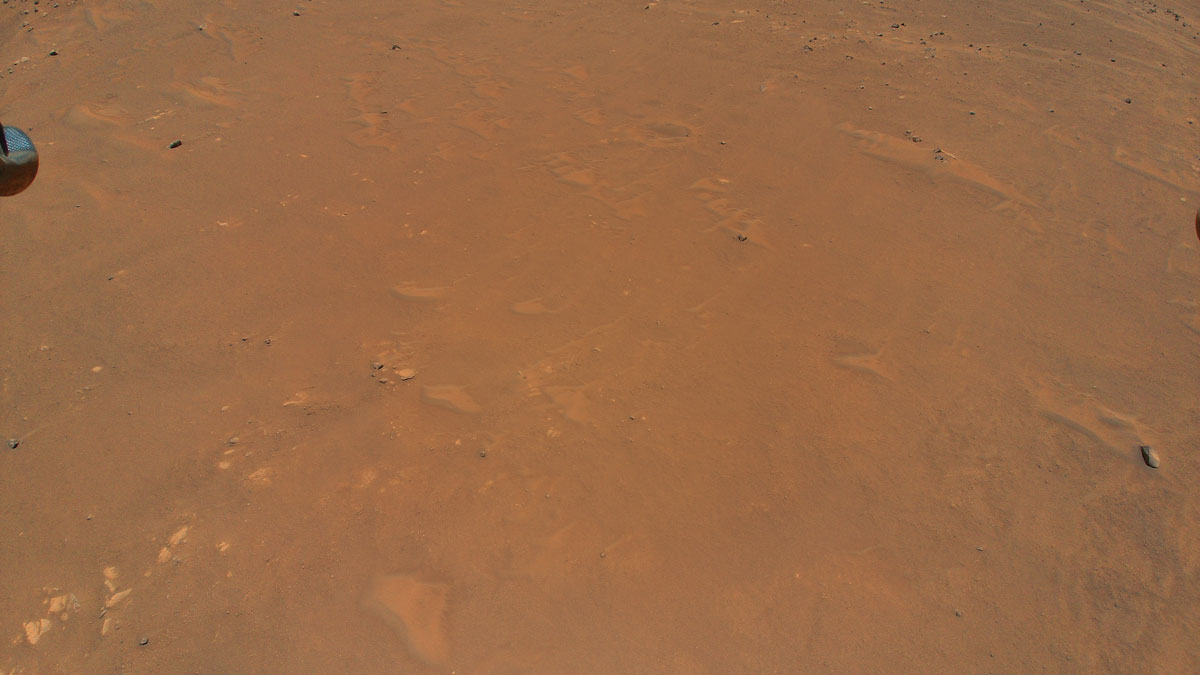2 min read

Plans are underway for NASA’s Ingenuity Mars Helicopter to make its sixth flight on the Red Planet in the next week. The flight is the first to be executed during the helicopter’s operations demonstration phase and includes scouting multiple surface features from the air and landing at a different airfield. In this new phase, data and images from the flight will be returned to Earth in the days following the flight. The Perseverance rover will not record images of the helicopter in flight, as it is preparing for the start of the mission’s science operations.
Ingenuity’s flight plan begins with the helicopter ascending to 33 feet (10 meters), then heading southwest for about 492 feet (150 meters). When it achieves that distance, the rotorcraft will begin acquiring color imagery of an area of interest as it translates to the south about 50-66 feet (15-20 meters). Stereo imagery of the sand ripples and outcrops of bright rocks at the site will help demonstrate the value of an aerial perspective for future missions. After completing its image collection, Ingenuity will fly about 164 feet (50 meters) northeast where it will touch down at its new base of operations (known as "Field C").
Ingenuity is planning to continue to expand its performance envelope during Flight Six. The top groundspeed Ingenuity is expected to achieve on this flight is 9 mph (4 meters per second) and the time aloft will be around 140 seconds. It is also the first time the helicopter will land at an airfield which it did not survey from the air during a previous mission. Instead, the Ingenuity team is relying on imagery collected by the HiRISE camera aboard NASA’s Mars Reconnaissance Orbiter that suggests this new base of operations is relatively flat and has few surface obstructions.
Written by NASA/JPL







